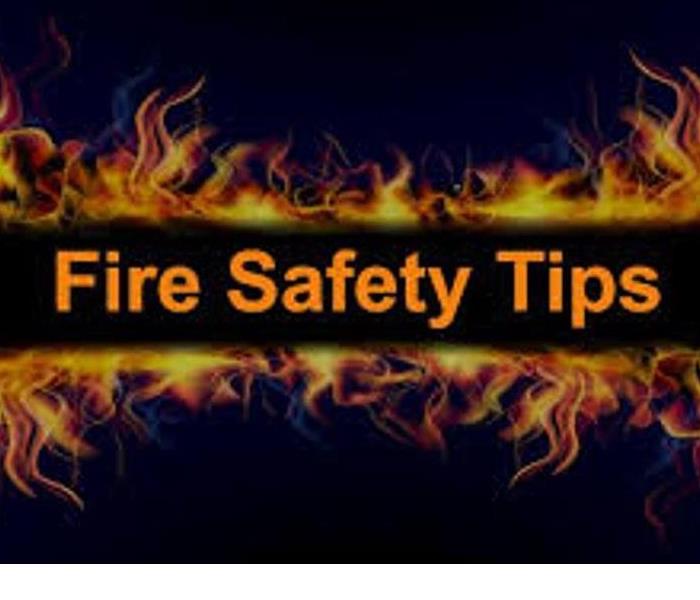HOME SAFETY CHECKLIST FOR HOME FIRE PREVENTION
9/2/2020 (Permalink)
CHECKLIST
- Make sure your smoke alarm and batteries are working each month.
- Get interconnected smoke alarms so when one sounds, they’ll all sound.
- Create a home fire escape plan that shows two ways out of each room.
- Practice your family’s fire escape plan at least twice a year.
Making a Fire Evacuation Plan
- Find all of your home’s possible exits. Start by drawing your home’s floor plan. Spot at least two exits in each room. Make sure each exit is clear from clutter and easy to open in case of an emergency.
- Install smoke detectors in your home. Alarms should be installed in hallways and inside of every bedroom on every level of your home so it’s easy to hear when sleeping.
- Be prepared when you hear the alarm. If you hear your smoke alarm sound, leave immediately. When exiting, stay low to the ground to inhale less of the rising smoke.
- Keep loved ones in mind. If you have elders or infants in the home, have a plan to get them to safety and assign one family member to help them ahead of time.
- Stop, drop, and roll. If your clothes catch on fire during an evacuation, Stop, Drop, and Roll. Stop where you are, drop to the floor, and roll while covering your hands and eyes until the flames are gone.
- Choose a place for everyone to meet safely. Make sure everyone knows how to get there. Call 9-1-1 once you’re in a safe place. Memorize phone numbers just in case you’re not at the meeting location to let family members know you’re safe.
- Don’t go back inside. If you left family members or valuables behind, don’t go back towards the fire. When you call, let the dispatcher know so firefighters can handle the rescue. Wait until firefighters say it’s safe to go back to the home.





 24/7 Emergency Service
24/7 Emergency Service
